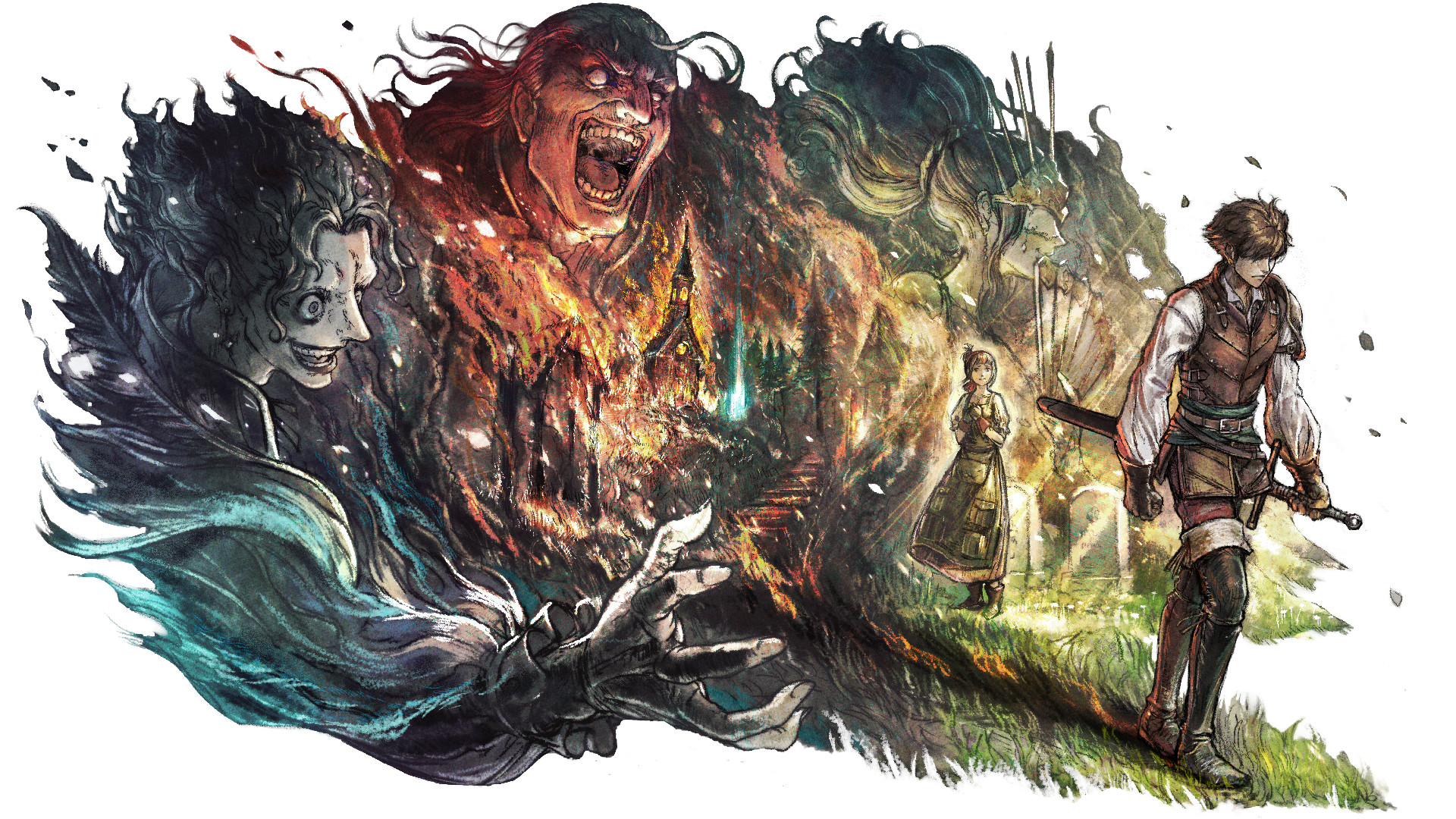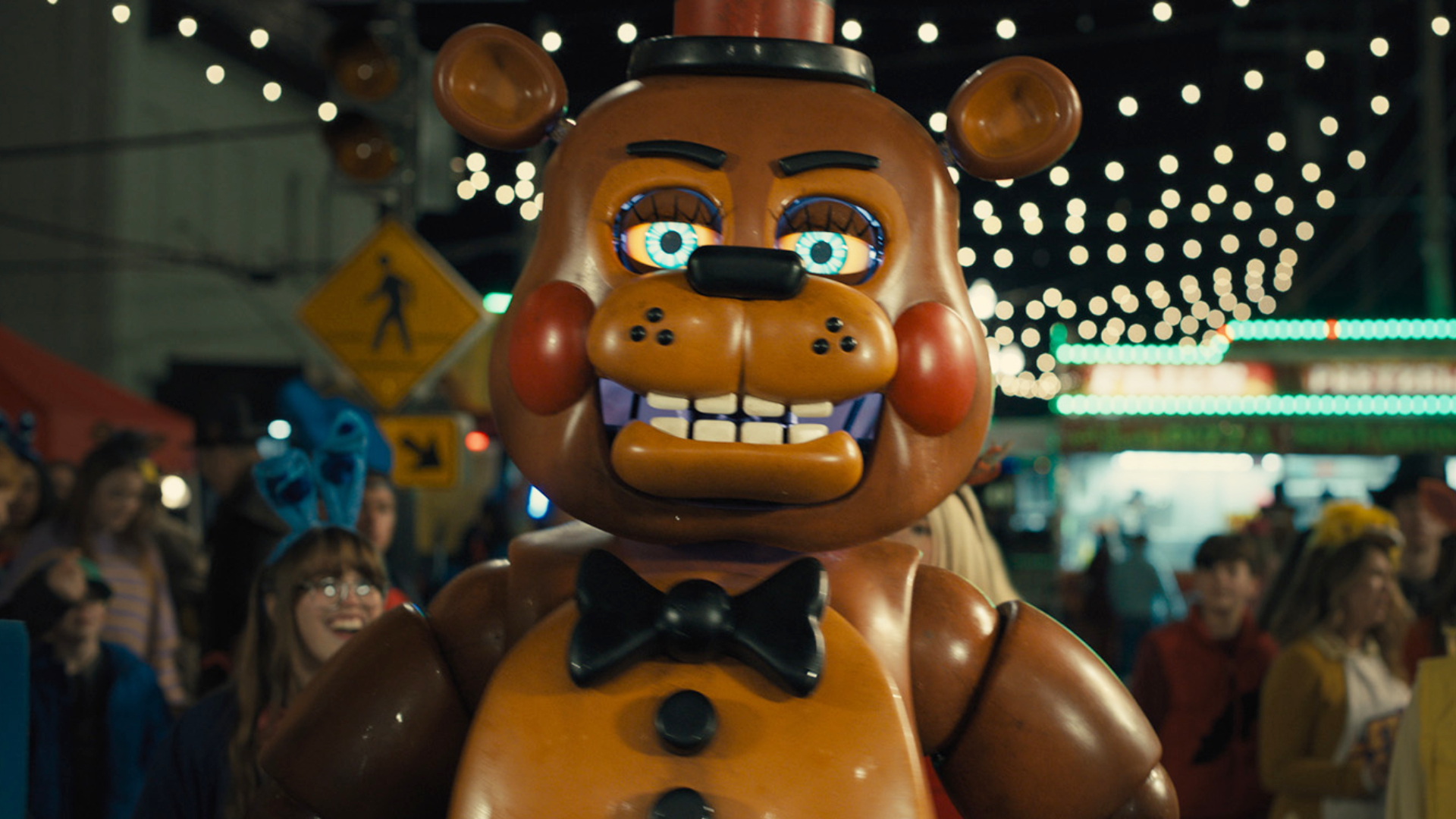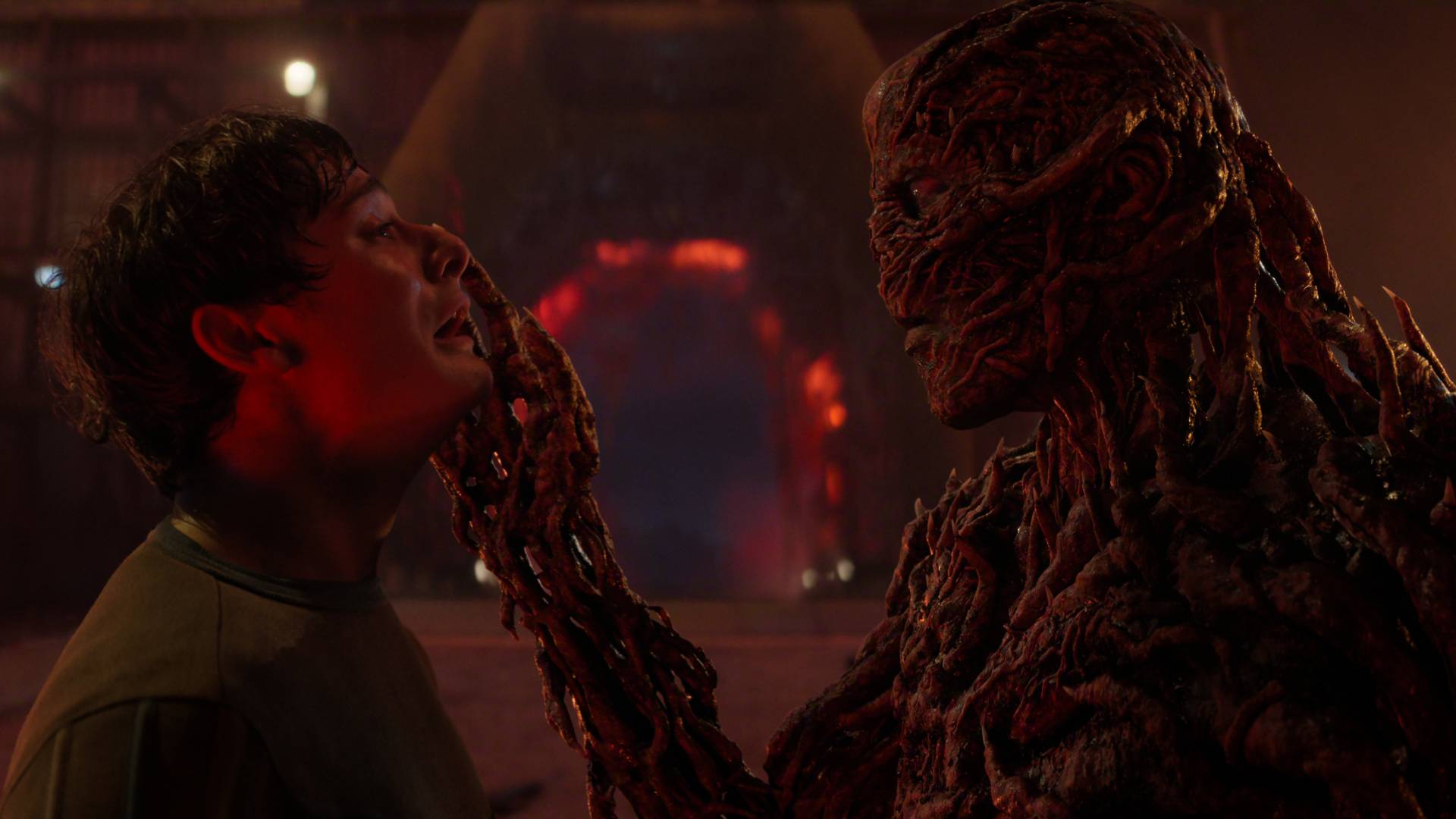2025 already belongs to double-A games, and Dying Light: The Beast is helping Clair Obscur prove it – "Do you really want to play every game for 100 hours?"
Horror Special | Techland's Tymon Smektała got me thinking, and the double and triple-A divide is more pointless than ever
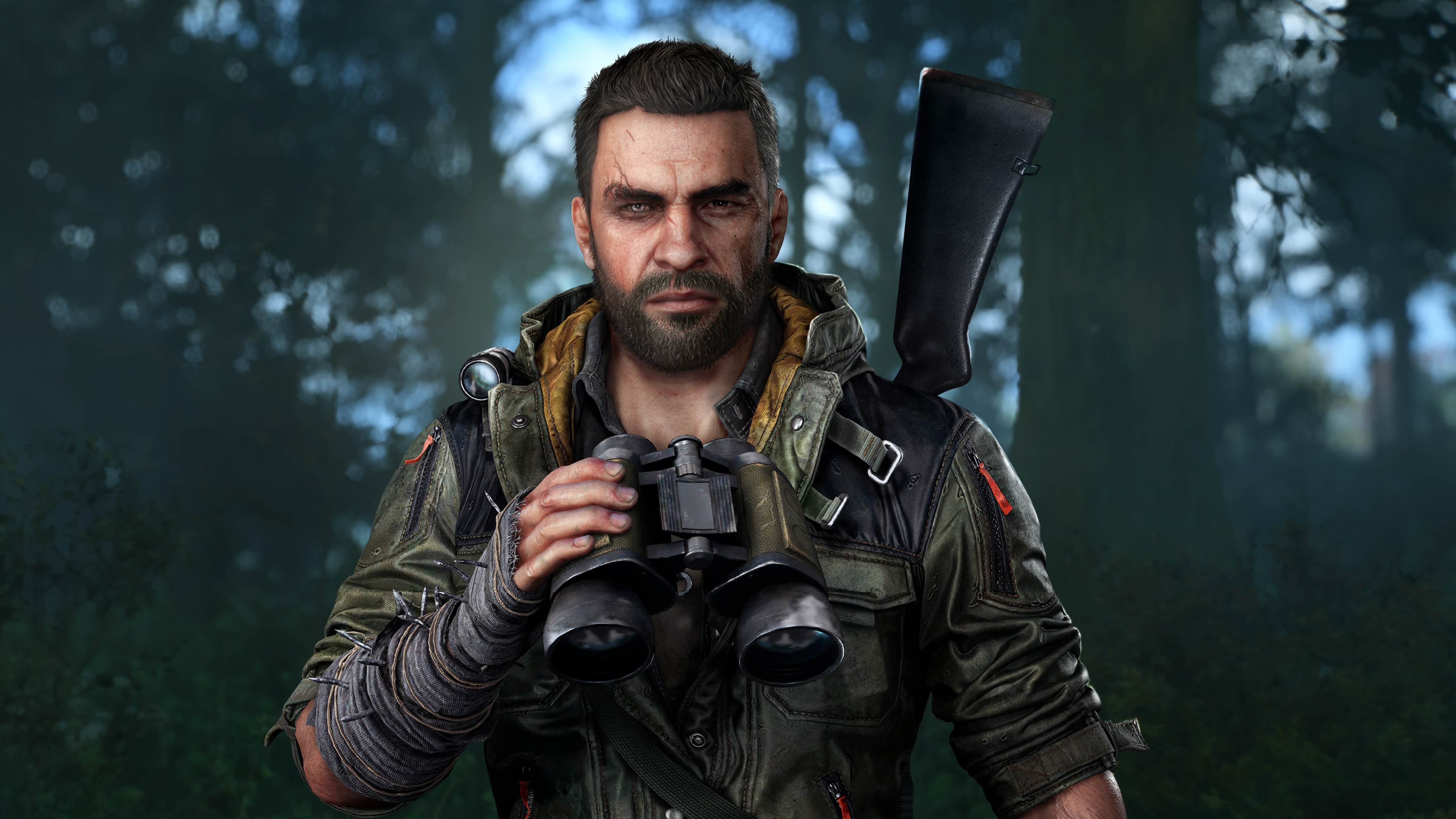
2025 is the year of double-A games with triple-A values. Clair Obscur: Expedition 33 is perhaps the single most important game I'll urge you to play this year, while The Alters proves how creative risks can pay off incredibly well if a studio has time, space, and agency to let their experimentalism fly.
Triple-A is no longer synonymous with "better quality" in 2025. Smaller studios with smaller budgets are fast catching up, and Dying Light: The Beast developer Techland is the latest to follow that trend.
Evening the killing field
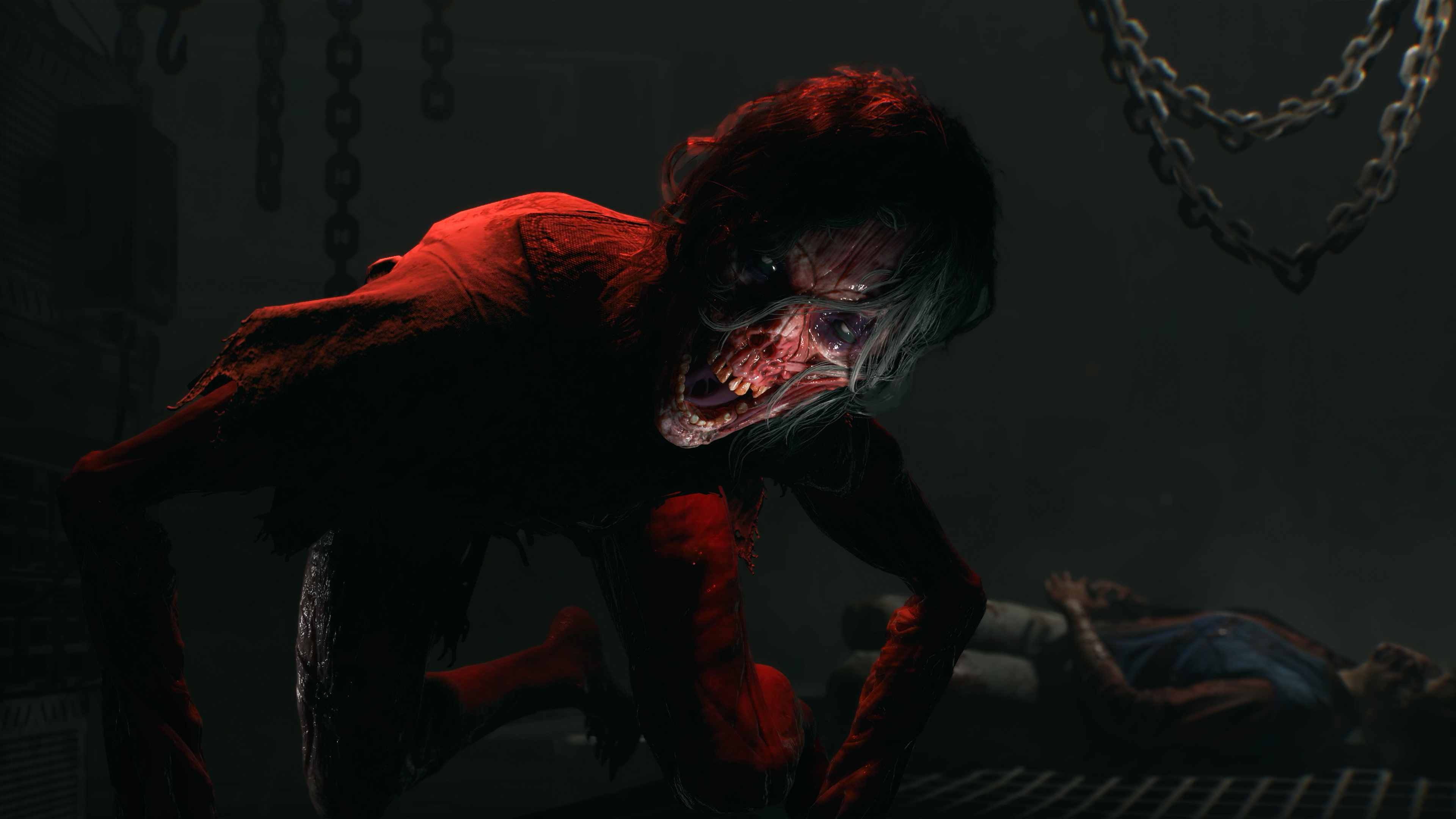
When I say "triple-A" values, I'm not talking about shareholders. Rather, there's a certain quality standard players might associate with high-budget studios that, until recently, was less accessible to others.
"We really want this to be a game with this kind of [triple A] presence," franchise director Tymon Smektała tells me after my Dying Light: The Beast hands-on preview. "The visual enhancements, like how beautiful the game is, I think [makes us] very competitive compared to basically anything that's there on the market."
I can't argue there. I spent four hours exploring as much of Castor Woods as possible, marveling at the water physics while sloshing through puddles, admiring the glint of sunlight off car windshields, and examining the highly-textured world The Beast offers. It speaks to a compelling phenomenon we're seeing in 2025; the industry's biggest names still carry a lot of weight, but the boundary between triple and double-A games, as far as quality, is almost imperceptible despite the drastically different budgets.
So, what does triple-A mean nowadays? According to Smektała, game length is one of the culprits. "My question would be, do you really want to play every game for 100 hours? Does it really make the game triple-A if it's overwhelmingly long?" Dying Light: The Beast clocks in at 20-hours for the main story and an average of "20, 30 hours" of side content to boot – an approachable and non-intimidating length, Smektała hopes, that will make it easy for players to complete The Beast and get their money's worth.
What's in a name?
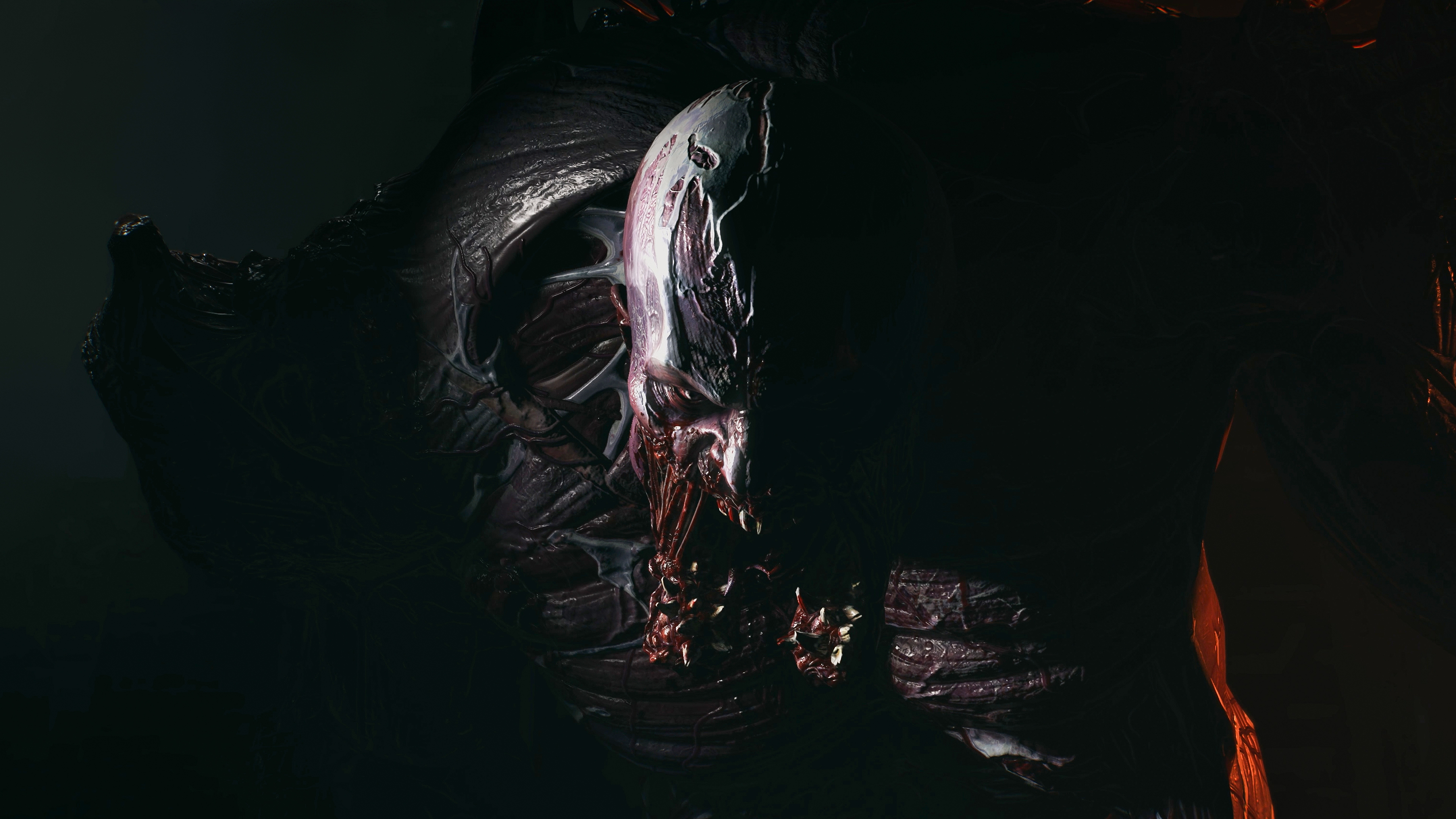
The boundary between triple and double-A games, as far as quality, is almost imperceptible despite the drastically different budgets.
But Smektała gets that there are other ways to feel fulfilled by a game. "If I start playing Assassin's Creed Shadows, from the start, I know that I will never finish it, right? So, I kind of get my money's worth out of the investment not by completing the game, but by getting satisfied with the gameplay mechanics, with the chunk of the story I managed to experience, learn, understand.
"I think that's the core question," he continues. "If you pay a triple A-price for a game – or full price for a game – do you get your money's worth?" With the rising cost of games being a concern to many of us, gaming is becoming an expensive hobby. I hate feeling compelled to squeeze a game dry simply to justify buying it, which makes double-A studios doubly attractive in 2025 given the slightly lower sales prices compared to games from industry megaliths.
Weekly digests, tales from the communities you love, and more
Steam offers clear evidence for that. Right now, Clair Obscur: Expedition 33 is going for £37.99, The Beast's pre-order starts at £49.99, and Assassin's Creed Shadows' RRP is an eyewatering £59.99 for just the standard edition. Already, this sets up a precedent.
It stands to reason that, yes, I expect to pay more for triple-A games because there is an assumed quality guarantee when buying into a big, famous brand. There's an expectation baked into that purchase from the get-go. Meanwhile, it's easier to feel I've gotten more out of a game that I paid slightly less for – which is where Clair Obscur, The Alters, and Dying Light: The Beast come out on top.
Whatever stands between double and triple-A games these days, it's certainly not quality or passion. It's not even a game's length, really. I don't think many of us care how long a game is, or how well-funded a developer might be, as long as we can get something meaningful out of the experience. That, at least, seems to be Techland's prime motivator.
"I'm quite confident that Dying Light: The Beast delivers on every pound, every dollar, every euro, every yuan that you have spent on the game," Smektała tells me with confidence. And you know what? I'm inclined to believe him.
We're rolling out the blood-red carpet for plenty of upcoming horror games this summer, starting with Dying Light: The Beast
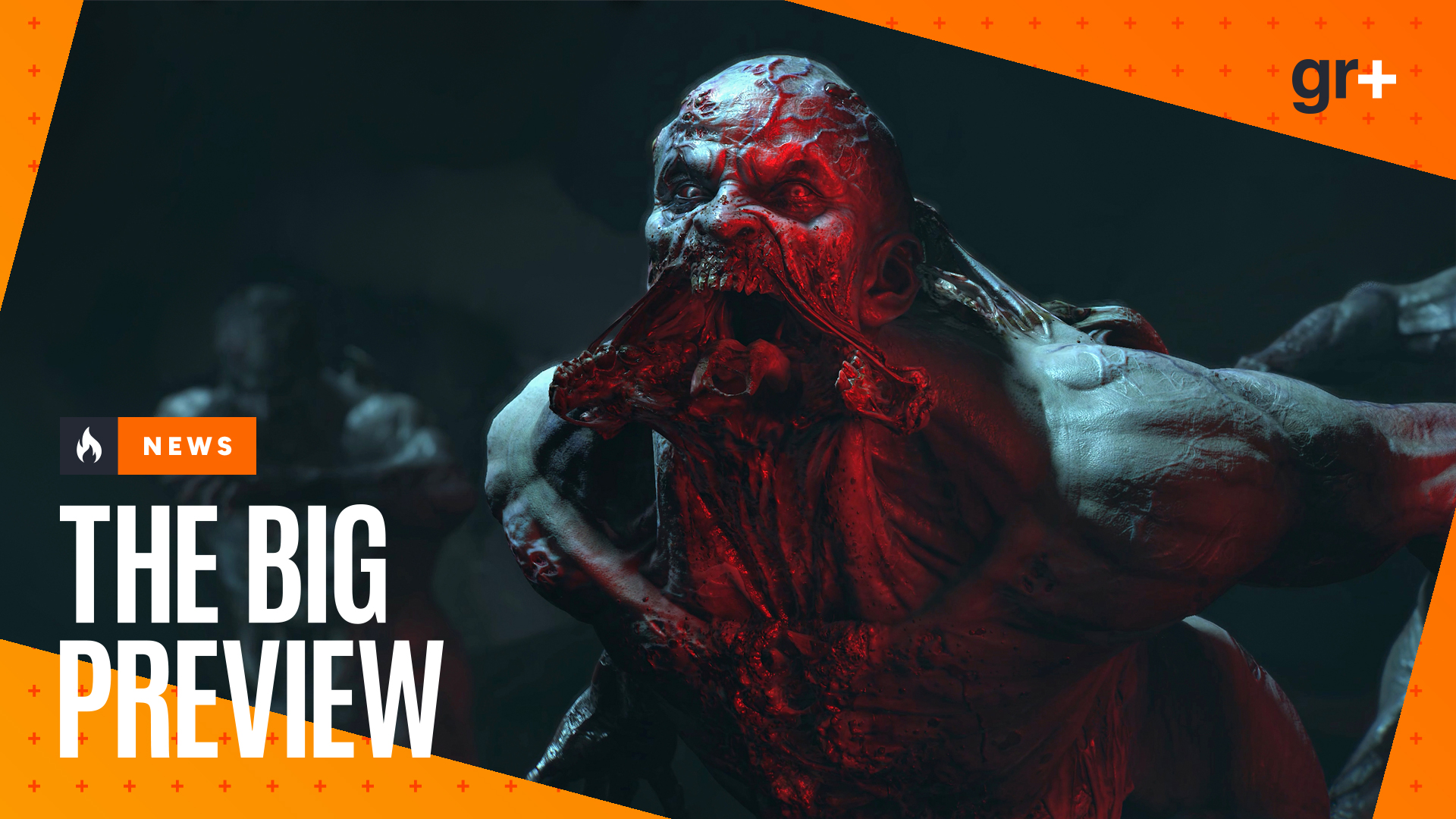
Franchise director Tymon Smektala explains that Techland isn't looking to emulate The Last of Us' philosophical narrative; it's more important for the studio to continue to build on its gameplay
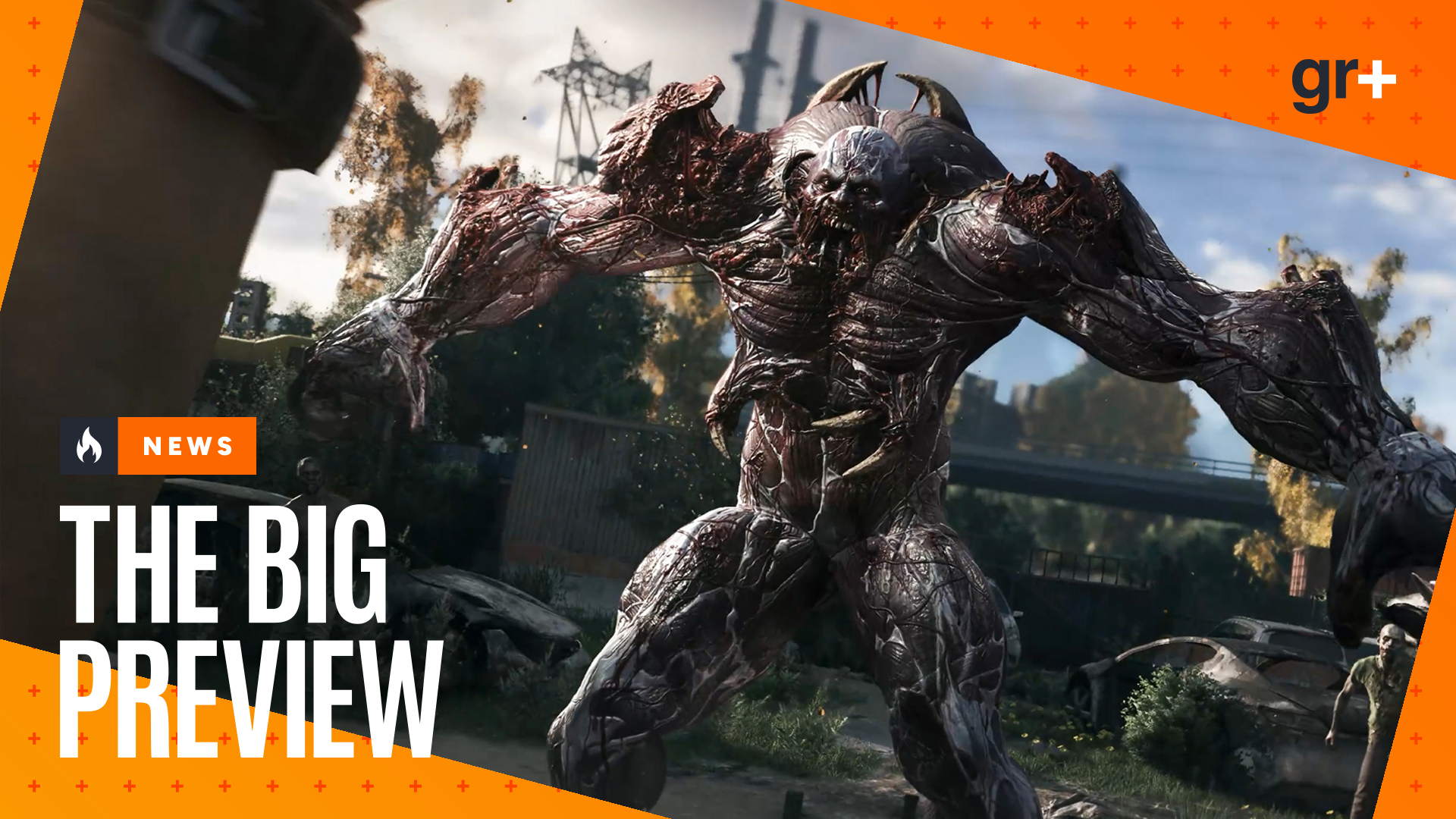
Dying Light: The Beast is just a little bit longer than its devs expected, with about 20 or 30 hours of additional content to top off the 20-hour story according to the franchise director
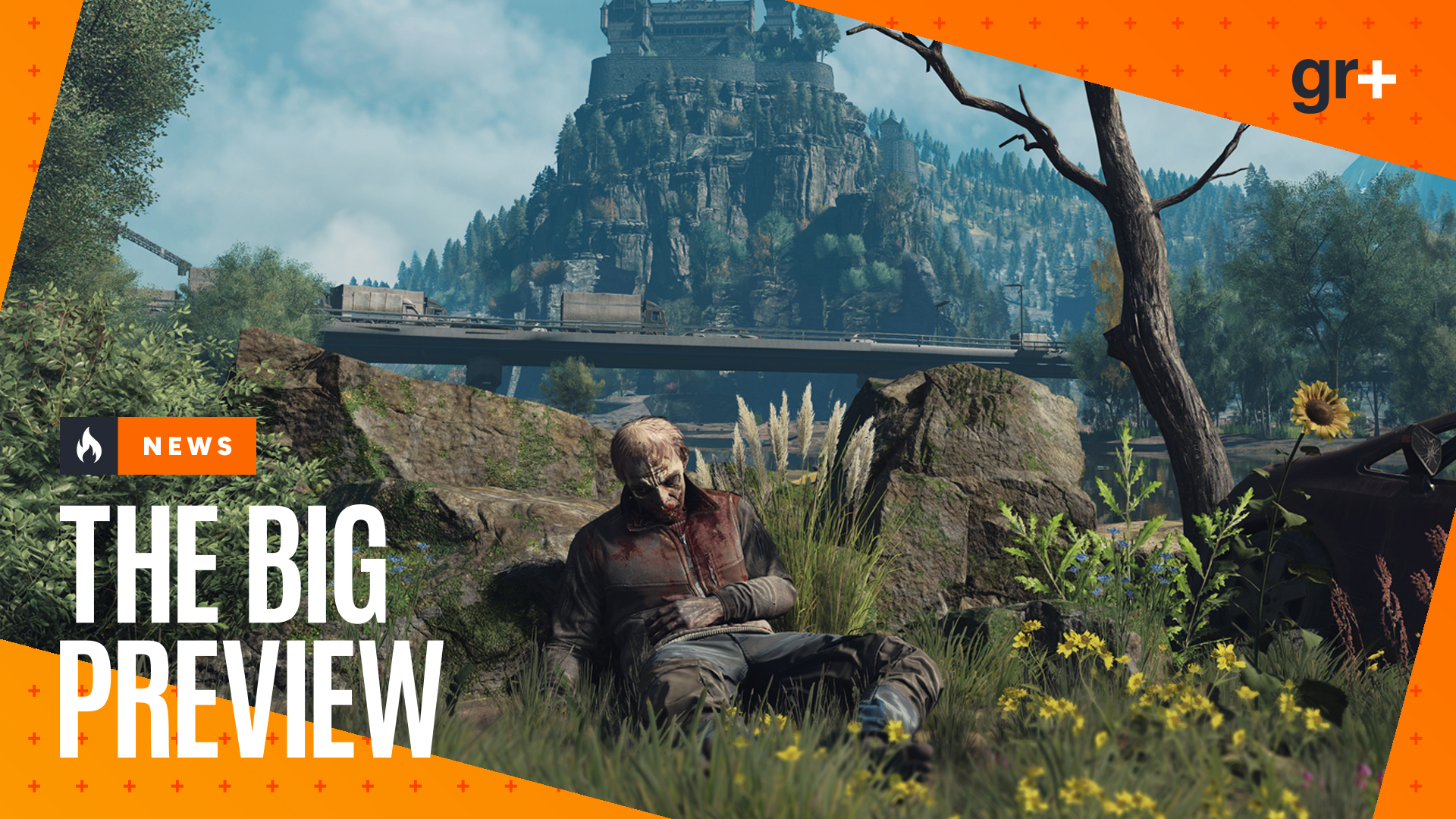
Dying Light: The Beast's franchise director says it'll be worth seeing through to the end, thanks to its final mission's near-perfect playtest scores & canon-defining approach

Jasmine is a staff writer at GamesRadar+. Raised in Hong Kong and having graduated with an English Literature degree from Queen Mary, University of London in 2017, her passion for entertainment writing has taken her from reviewing underground concerts to blogging about the intersection between horror movies and browser games. Having made the career jump from TV broadcast operations to video games journalism during the pandemic, she cut her teeth as a freelance writer with TheGamer, Gamezo, and Tech Radar Gaming before accepting a full-time role here at GamesRadar. Whether Jasmine is researching the latest in gaming litigation for a news piece, writing how-to guides for The Sims 4, or extolling the necessity of a Resident Evil: CODE Veronica remake, you'll probably find her listening to metalcore at the same time.
You must confirm your public display name before commenting
Please logout and then login again, you will then be prompted to enter your display name.

